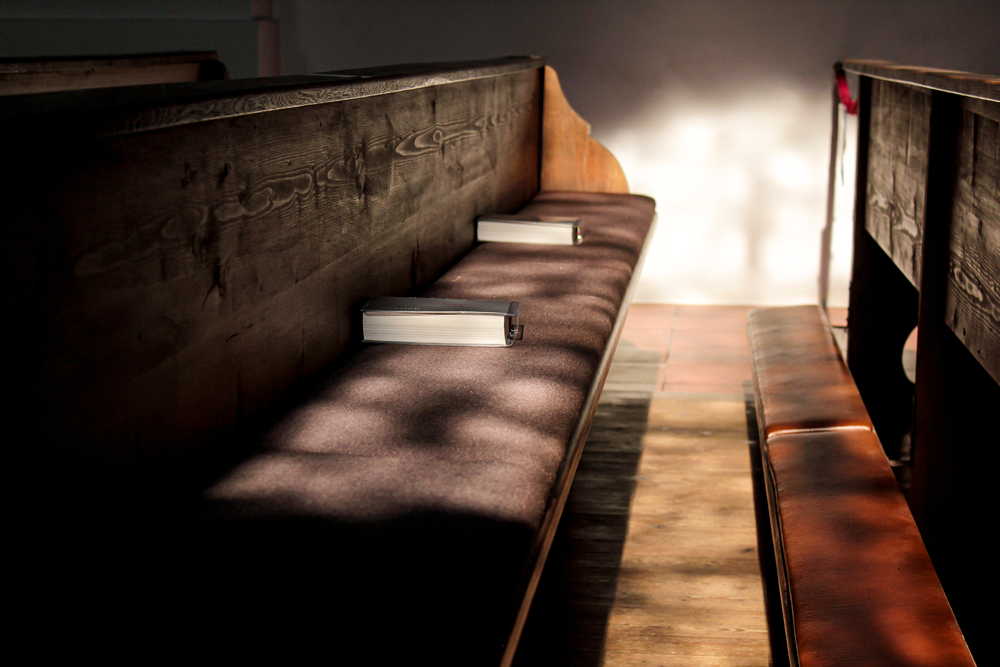
-
HOME
-
WHAT IS STANDOur Mission Our Values Our Help Contact
-
WHAT WE FIGHT FORReligious Freedom Religious Literacy Equality & Human Rights Inclusion & Respect Free Speech Responsible Journalism Corporate Accountability
-
RESOURCESExpert Studies Landmark Decisions White Papers FAQs David Miscavige Religious Freedom Resource Center Freedom of Religion & Human Rights Topic Index Priest-Penitent Privilege Islamophobia
-
HATE MONITORBiased Media Propagandists Hatemongers False Experts Hate Monitor Blog
-
NEWSROOMNews Media Watch Videos Blog
-
TAKE ACTIONCombat Hate & Discrimination Champion Freedom of Religion Demand Accountability
BYU Annual Review Confronts Problem of Dwindling Religious Communities—Consequences and Solutions
Brigham Young University (BYU) held its 10th Religious Freedom Annual Review this month. Sponsored by the International Center for Law and Religion Studies at BYU’s J. Reuben Clark School of Law, the conference brought together leaders, thinkers, scholars and humanitarian workers of different faiths to address the following questions: With the number of American adults identifying with a religious denomination falling under 50 percent, what are the implications? Is the trend permanent? Can it be reversed? If so, how?

From 9 a.m. to 8 p.m., the conference encompassed five general sessions, which then broke into a total of nine panels that addressed specific on-the-ground tactics for exact locations to implement strategies considered in the general sessions.
In the general session on Challenges and Opportunities for Religious Institutions, Christianity Today Editor-in-Chief Russell Moore expressed his view that the greatest threat facing religious institutions is cynicism on the part of young people. Moore defined that cynicism not as lack of faith but as difficulty accepting that the church believes what it says it believes.
“Congregations hold people together. They hold their communities together.”
Jonathan Rauch, senior fellow at the Brookings Institution, warned of the implications of an ebbing faith in organized religion: “If the religious institutions with their deep roots in tradition and morality, their transcendent visions, their ability to transmit this across generations are not doing the work of giving people moral foundations and identities,” people will turn instead to material matters and divisive politics, which “are not able to transmit lasting values and a deeper sense of meaning.”
Church of Jesus Christ of Latter-day Saints Director of Humanitarian Services Sharon Eubank encouraged others to think outside the box and devise creative avenues to get parishioners more involved in their congregations. As an example, she shared how UNESCO charged a Muslim community in Mosul, Iraq, to rebuild a ruined Christian cathedral, while at the same time asking the city’s Christians to rebuild a destroyed mosque. The shared experience got members more involved in their own congregations by permitting them to work together to bring about something tangible and positive in their neighborhood, while creating the added bonus of forging stronger bonds within the larger community of faiths.
Robert Smietana, national writer for Religion News Service, highlighted the importance of reversing the trend of declining participation in religious life. He pointed out that the average congregation used to have 130 members, but is now down to half of that. “Congregations matter. Helping people matters,” Smietana said. “Congregations hold people together. They hold their communities together.”
STAND supports Brigham Young University’s work to promote religious freedom and preserve the role of religion in society. In the words of Scientology founder L. Ron Hubbard: “Religion is the first sense of community. Your sense of community occurs by reason of mutual experience with others. Where the religious sense of community and with it real trust and integrity can be destroyed, then that society is like a sand castle unable to defend itself against the inexorable sea.”





